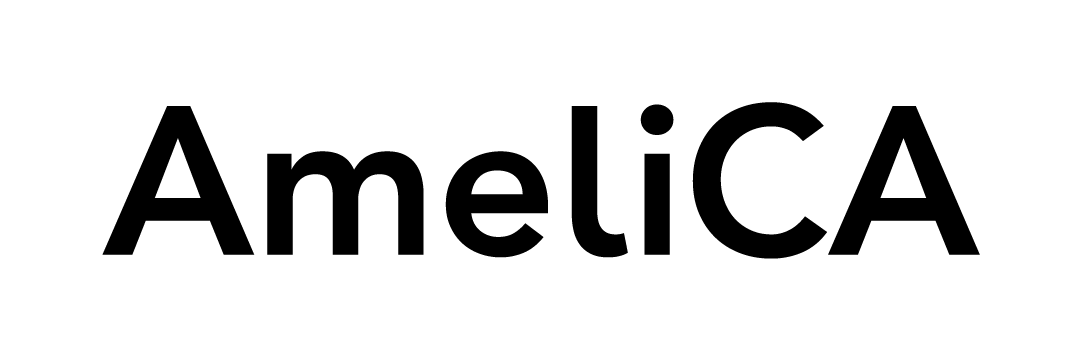Characterizing of “Urban Heat Island” phenomenon in central zone of city of guayaquil
DOI:
https://doi.org/10.53591/rug.v116i2.443Keywords:
urban heat island, anthropogenic heat, urban covers, urban geometry, building thermal massAbstract
This paper deals with the determination of the physical conditions that cause the urban heat island phenomenon in the central zone of the city of Guayaquil, a place of which actual appearance has been replicated in every local process of urban regeneration. In order to achieve this, it was necessary to take in-situ thermal profiles of twenty three street intersections along a study transect, with the quantification of thermal masses in accordance with coverage materials and their underlying layers one foot depth down the finished floor elevation; besides worked with the estimated anthropogenic heat production after evaluate the built intensity and land use in the study zone, finally calculated sky view factors caused by buildings, vegetation and topography in general. With the results, the numeric model will be a starting point for future urban climate investigations that are intended to predict the effects of replication of these covers in other urban zones with similar urban geometry.
References
Climate Protection Partnership Division U.S. Environmental Protection Agency. United States Environmental Protection Agency. EPA. [Online] http://www.epa.gov/heatisland/resources/pdf/BasicsCompendium.pdf.
Hitchcok, David. Urban Heat Island Policies Measures: Examples. [Draft] Houston, Texas : Houston Advanced Research Center, 2007.
Reducing urban heat island effects: A systematic review to achieve energy comsumption balance. Shahmohamadi, P. (6), s.l. : International Journal of Physical Sciences, June 2010, Vol. 5. ISSN 1992 -1950.
Palacios Portés, Carlos. Isla de calor en expansión: El futuro térmico de la zona residencial en desarrollo de la autopista Guayaquil-Salinas desde el km10 hasta el km26. Guayaquil, Ecuador : Universidad de Guayaquil, 2012.
dos Santos, Iara Goncalves; Lima, Henrique Gazzola de; Assis, Eleonoar Sad de. A comprehensive approach of the sky view factor and building mass in urban area of the city of Belo Horizonte, Brazil.
http://nargeo.geo.uni.lodz.pl/~icuc5/text/P_3_12.pdf. [Online] august 21, 2003. [Cited: march 23,
] http://www.google.com.ec/url?sa=t&rct=j&q=a%20comprehensive%20approach%20of%20
the%20sky%20view%20factor%20and%20building%20mass%20in%20an%20urban%2.
Oke, Tim; Stewart, Iain. American Meteorological Society - Journals Online. Local Climate Zones for Urban Temperature Studies. [Online] december 12, 2012. [Cited: march 23, 2012.] http://www.google.com.ec/url sa=t&rct=j&q=circle%20issn%20university%20of%20british%20columbia%20redefining%20the%20urban%20heat%20island&source=web cd=1&ved=0CCgQFjAA&url=http%3A%2F%- 2Fjournals.ametsoc.org%2Fdoi%2Ffull%2F10.1175%2FBAMS-D-11-00019.1&ei=A03. Online ISSN: 1520-0477.
Stewart, Iain Douglas. Local Climate Zone Classification System. Department of geography. [Online]
october 19, 2011. http://www.geog.ubc.ca/urbanflux/resources/lcz.pdf.
Published
How to Cite
Issue
Section
License

This work is licensed under a Creative Commons Attribution-NonCommercial-NoDerivatives 4.0 International License.

This work is licensed under a Creative Commons Attribution-NonCommercial-NoDerivatives 4.0. International License.
You are free to:
- Share — copy and redistribute the material in any medium or format
- The licensor cannot revoke these freedoms as long as you follow the license terms.
Under the following terms:
- Attribution — You must give appropriate credit , provide a link to the license, and indicate if changes were made . You may do so in any reasonable manner, but not in any way that suggests the licensor endorses you or your use.
- NonCommercial — You may not use the material for commercial purposes .
- NoDerivatives — If you remix, transform, or build upon the material, you may not distribute the modified material.
- No additional restrictions — You may not apply legal terms or technological measures that legally restrict others from doing anything the license permits.































